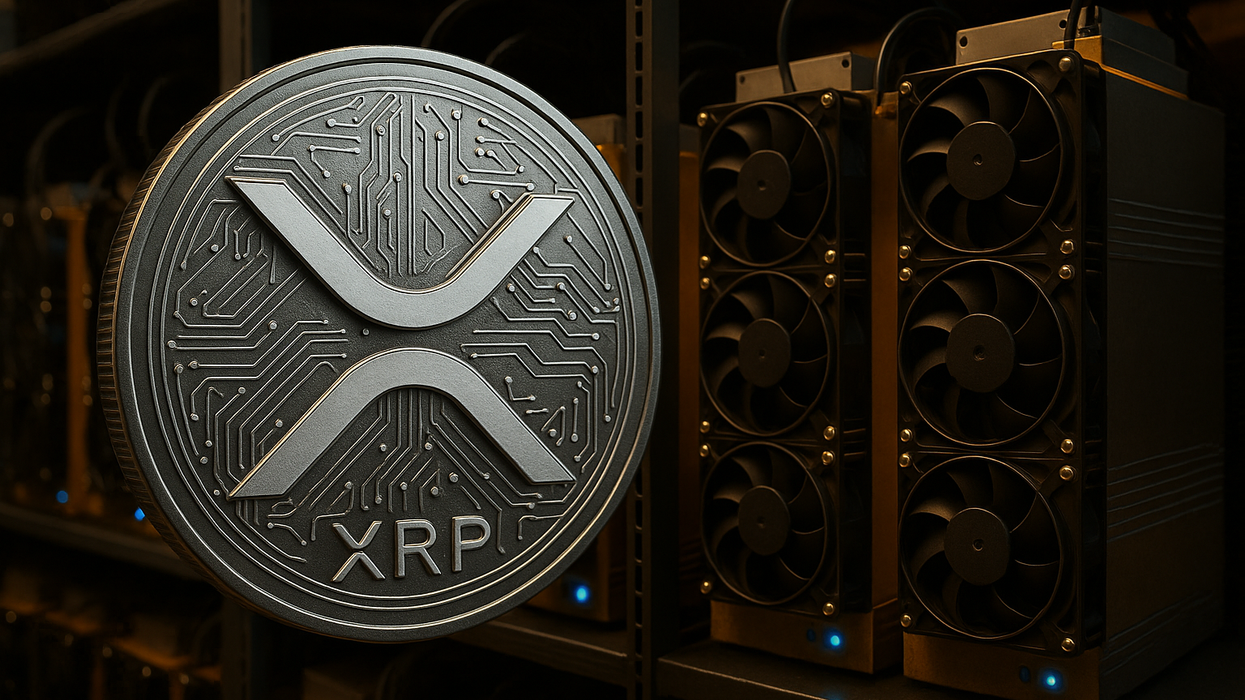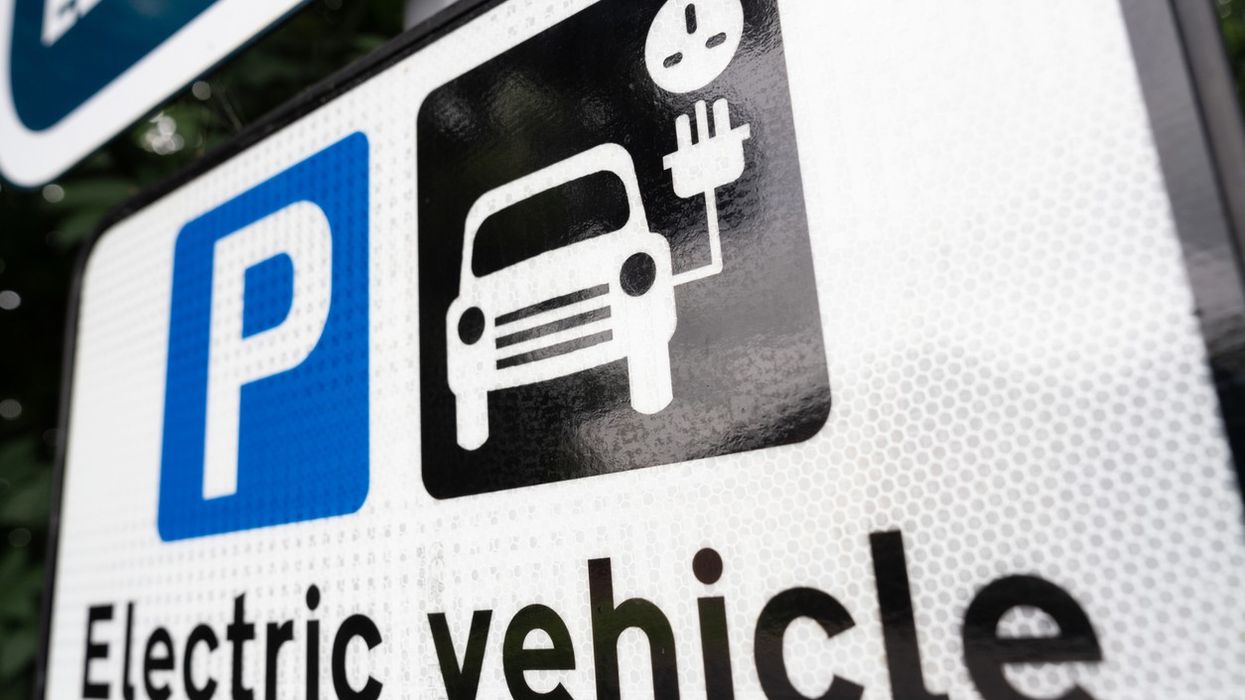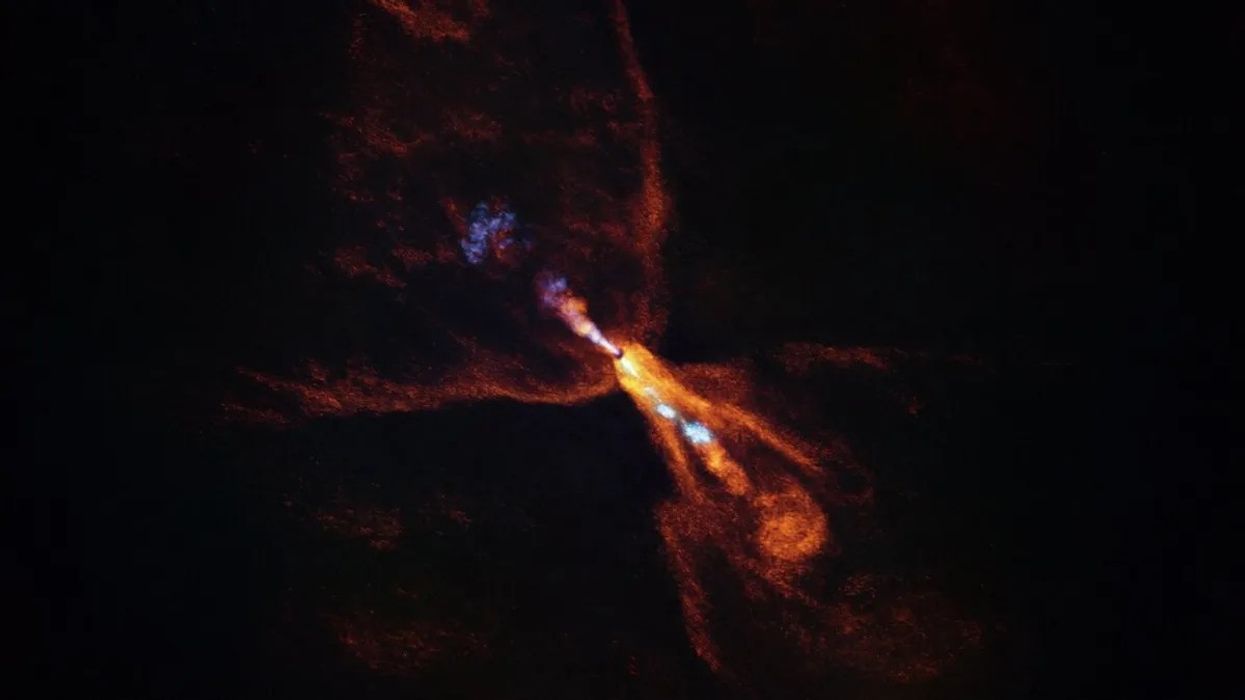Highlights
- Cloudflare suffers a global outage on 18 November 2025, disrupting a wide range of websites.
- ChatGPT, X and several other platforms temporarily go offline.
- Cloudflare cites an “unusual traffic spike” as the cause.
- The incident renews concerns about the internet’s dependence on a few core infrastructure providers.
What happened and when
A widespread Cloudflare failure on Tuesday morning triggered service disruptions across the internet. The company reported a sharp, unexpected surge in traffic around 11.20am UTC, which led to internal service degradation. Websites using Cloudflare for content delivery, DNS services or security began returning error messages or failing to load altogether.
By late morning in the UK, Cloudflare said recovery was under way, although many users continued to face elevated error rates.
Platforms hit and ripple effects
Services including ChatGPT, X, Spotify and Canva were among the platforms affected. Some users also reported interruptions on downtime-tracking sites, including Downdetector, which struggled because it relies on Cloudflare’s own systems.
The wide spread of disruption showed how many unrelated companies depend on the same underlying network infrastructure.
Why Cloudflare matters
Cloudflare provides content delivery, DDoS protection and performance tools to a significant share of the world’s websites. When its network encounters problems, the effects cascade well beyond a single service.
The outage highlighted the growing centralisation of the internet, where a handful of companies handle crucial behind-the-scenes functions. While this creates efficiency and speed, it also introduces a single point of failure when issues arise.
What comes next
Cloudflare has deployed fixes and continues to investigate the root cause of the traffic surge. The company has not offered a detailed explanation, nor a timeline for a full account of the disruption.
For businesses and users alike, the outage reinforces the need for redundancy and contingency planning. As more services rely on the same infrastructure providers, the stakes of even a brief fault continue to grow.














